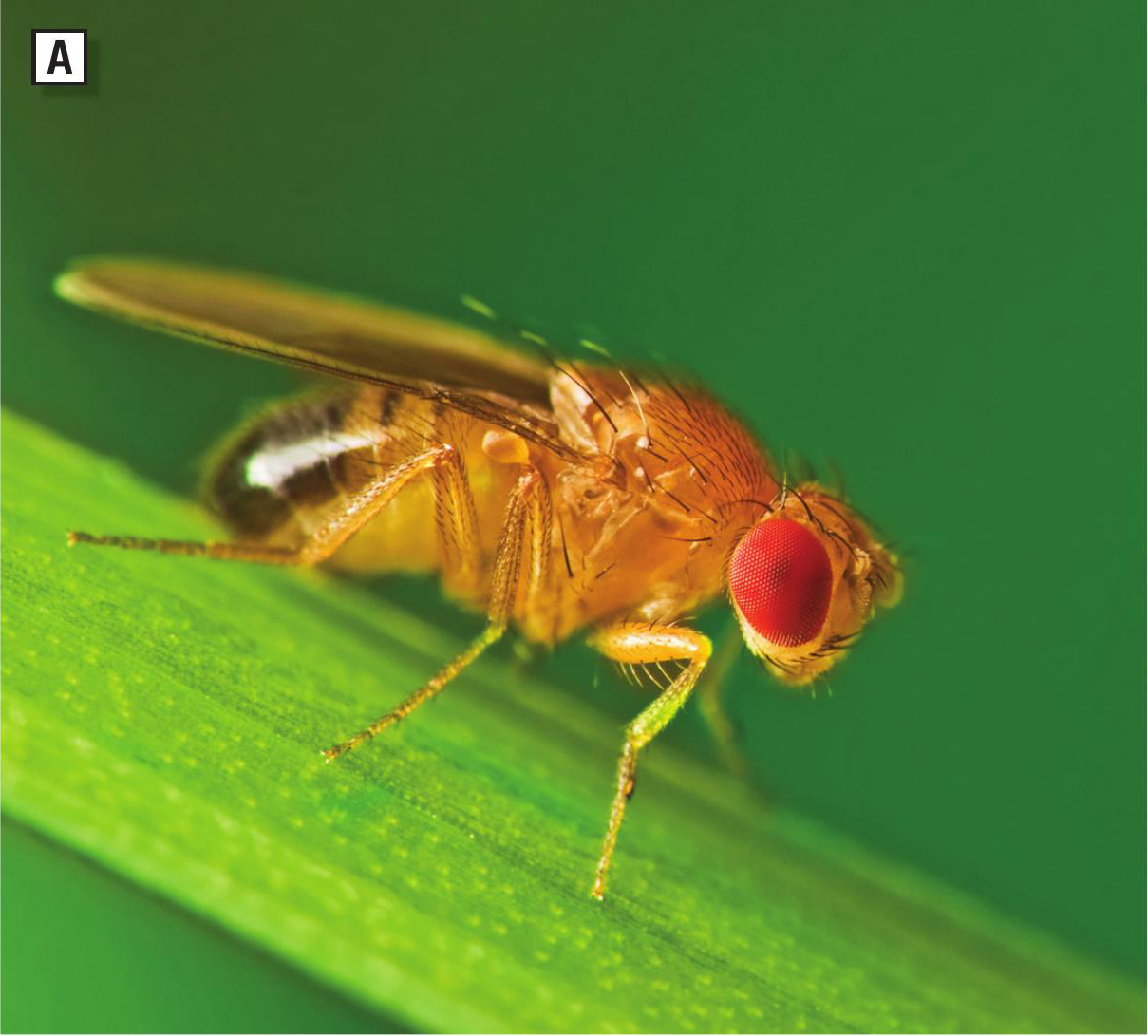
For a long time invertebrate animals have been studied in an effort to understand how our own nervous system works. The best known experiments used the giant axon of the Atlantic squid, and were pioneered by Alan Hodgkin and Andrew Huxley at the University of Cambridge in the 1940s and 50s. They worked out how the resting potential of nerve cells is set up and maintained, and how the action potential is generated. They were awarded a Nobel prize in 1963, and most textbooks on the nervous system contain a description of their findings (see Box 1). These studies are useful because the basic mechanisms underlying the function of nerve cells and synapses are similar right across the animal kingdom, from invertebrates to humans.
Squid have a single giant axon, which can be up to 1 mm in diameter. They use it to control fast escape movement by jet propulsion. When Hodgkin and Huxley began their research they found that they could isolate the axon in a dish of seawater, insert an electrode into its cytoplasm and measure the voltage (membrane potential) between the inside and outside of the cell. They showed how the movement of positively (e.g. Na+) and negatively (e.g. Cl–) charged ions across this semi-permeable membrane led to the voltage difference. A brief change in the permeability of the membrane to specific ions, via opening and closing of voltage-sensitive ion channels, was the mechanism by which an action potential was generated. At rest the membrane potential is about –70 mV, negative inside. During the action potential, the potential reverses to positive inside for just a few milliseconds. Hodgkin and Huxley published their theory in 1952. Our basic understanding of nerve cell function still relies on their groundbreaking work.
Your organisation does not have access to this article.
Sign up today to give your students the edge they need to achieve their best grades with subject expertise
Subscribe




